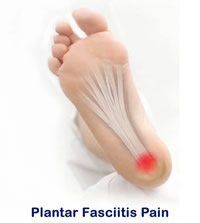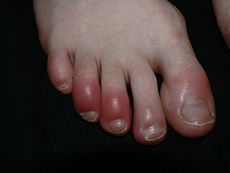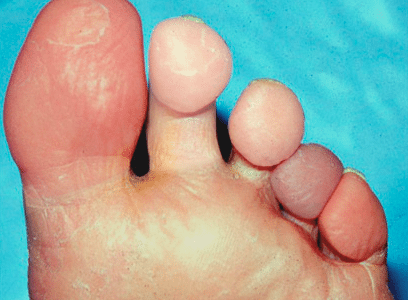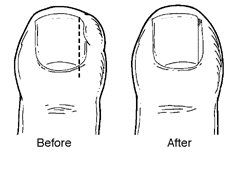I was watching a television the other day when a commercial for a department store caught my attention. In the commercial, a mom celebrates ask her kids open their Christmas presents, surprised at how their cool mom got them the exact pair of shoes that they wanted! While the commercial stood out to me as a parent, it also got me thinking about the hundreds of people that buy shoes as Christmas gifts.
As a podiatrist, I thought it might be helpful to share some tips if you’re considering buying yourself or a loved one a new pair of kicks for Christmas. Since you might be buying for a man, woman, kid, runner, I wanted to pull together some of the best resources from across the Internet. Here are the best shoes for whomever you might be buying for this Christmas:
- Here are the best and worst shoes for women’s feet.
- Buying for someone who stands on his or her feet all day? Here are the best shoes for him / her.
- Have a special runner in your life? Check out this list of best shoes for runners. (Note: You can also buy running shoes for people who love to walk, but there’s also some great tips for finding the right.walking shoes.)
- Know someone suffering from Plantar Fasciitis or heel pain? Here are some great shoe ideas for them.
- For businessmen, here’s a great list of dress shoes that are also good for your feet.
- For businesswomen, here’s a great list of comfortable, yet fashionable footwear.
- What kind of shoes are the best for your kids? Here’s a helpful article with important information about kid’s footwear.
- Have teenagers? Here’s a list of the best shoes for growing feet.
If you’re loved ones are looking forward to opening up a new pair of shoes this Christmas, I hope these links were helpful. We hope you have an awesome Holiday Season! Don’t forget to take care of your feet as you hit the malls and walk around looking at the lights this year!
What pair of shoes are you hoping to get this Christmas?




 Massaging your feet increases circulation, relieves tension and rejuvenates skin. Use a frozen water bottle to both ice and massage your feet at the same time.
Massaging your feet increases circulation, relieves tension and rejuvenates skin. Use a frozen water bottle to both ice and massage your feet at the same time.



